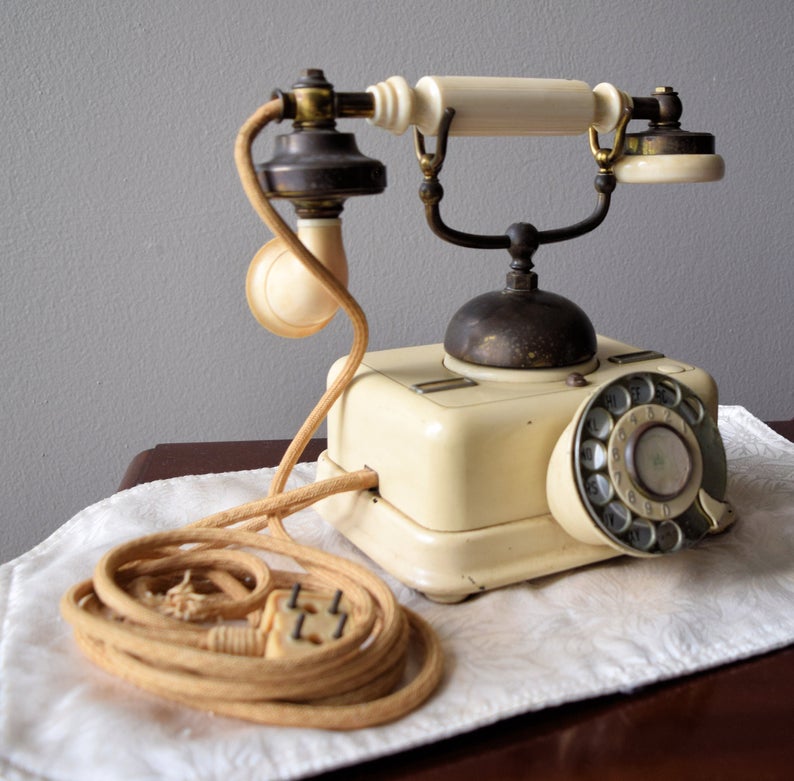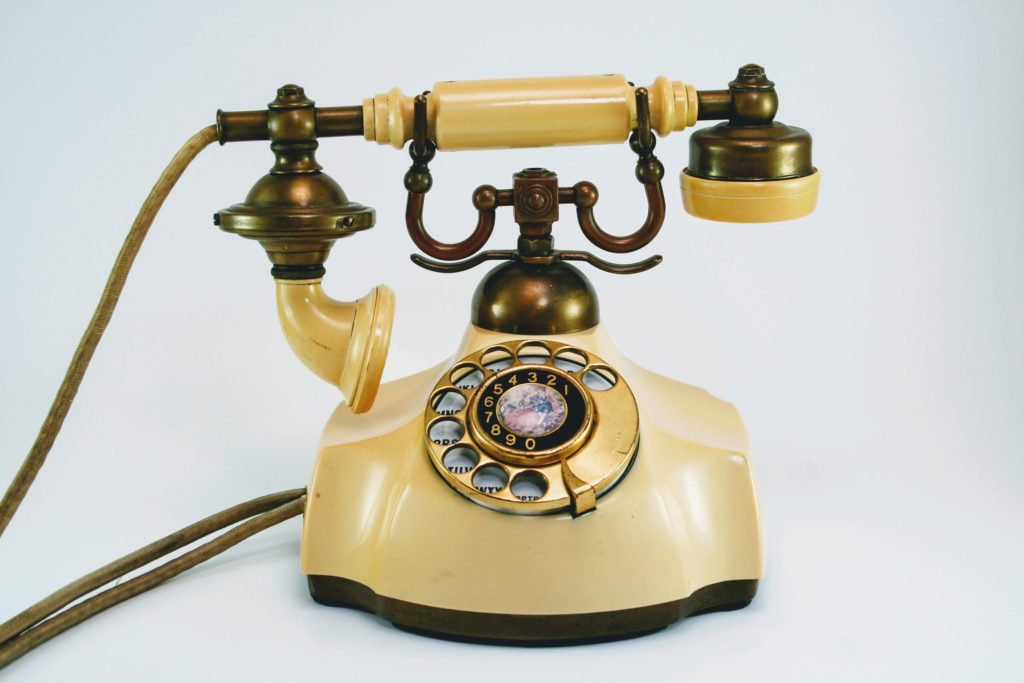The telephone instrument is made up of the following functional components: a power source, a switch hook, a dialer, a ringer, a transmitter, a receiver, and an anti-sidetone circuit.
Power source. In the first experimental telephones the electric current that powered the telephone circuit was generated at the transmitter, by means of an electromagnet activated by the speaker’s voice. Such a system could not generate enough voltage to produce audible speech in distant receivers, so every transmitter since Bell’s patented design has operated on a direct current supplied by an independent power source. The first sources were batteries located in the telephone instruments themselves, but since the 1890s current has been generated at the local switching office.
The switch hook connects the telephone instrument to the direct current supplied through the local loop. When the telephone is “on hook,” contact with the local loop is broken. When it is “off hook” (i.e., when the handset is lifted from the cradle), contact is restored, and current flows through the loop.

The dialer is used to enter the number of the party that the user wishes to call. Signals generated by the dialer activate switches in the local office, which establish a transmission path to the called party. Dialers are of the rotary and push-button types.
The ringer alerts the user to an incoming call by emitting an audible tone or ring. Ringers are of two types, mechanical or electronic.
The traditional mechanical ringer was introduced with the early Bell telephones. It consists of two closely spaced bells, a metal clapper, and a magnet. Passage of alternating current through a coil of wire produces alternations in the magnetic attraction exerted on the clapper, so that it vibrates rapidly and loudly against the bells. Volume can be muted by a switch that places a mechanical damper against the bells.
In modern electronic ringers, introduced in the 1980s, the ringer current is passed through an oscillator, which adjusts the current to the precise frequency required to activate a piezoelectric transducer—a device made of a crystalline material that vibrates in response to an electric current. The transducer may be coupled to a small loudspeaker, which can be adjusted for volume.
The ringer circuit remains connected to the local loop even when the telephone is on hook.
The transmitter is essentially a tiny microphone located in the mouthpiece of the telephone’s handset. It converts the vibrations of the speaker’s voice into variations in the direct current flowing through the set from the power source.
The receiver is located in the earpiece of the telephone’s handset. Operating on electromagnetic principles that were known in Bell’s day, it converts fluctuating electric current into sound waves that reproduce human speech. Fundamentally, it consists of two parts: a permanent magnet, having pole pieces wound with coils of insulated fine wire, and a diaphragm driven by magnetic material that is supported near the pole pieces. Speech currents passing through the coils vary the attraction of the permanent magnet for the diaphragm, causing it to vibrate and produce sound waves.
The anti-sidetone circuit is an assemblage of transformers, resistors, and capacitors that perform a number of functions. The primary function is to reduce sidetone, which is the distracting sound of the speaker’s own voice coming through the receiver from the transmitter.
The telephone instrument continued to evolve over time. Read about it here.
Items on display in the Archives
Rotary telephone. Denmark, Kjobenhavns Telefon Aktieselskab, 1920s

Reproduction “French Telephone” rotary phone. Japan, 1960s



